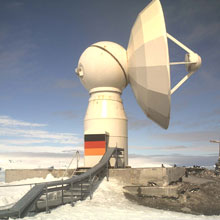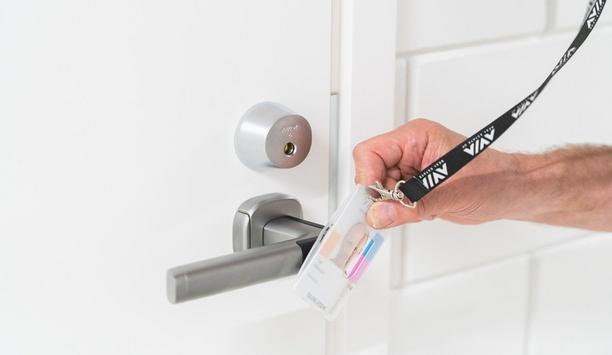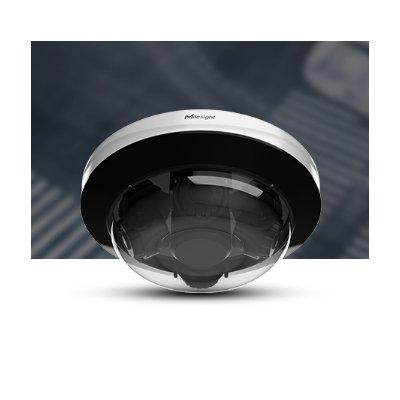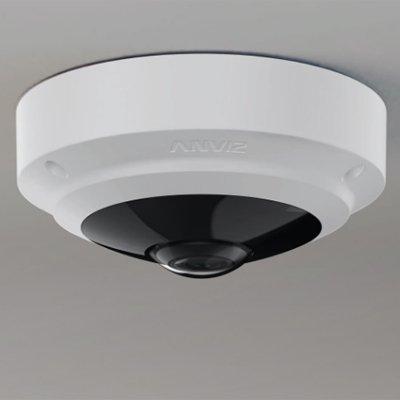 |
| MOBOTIX cameras function properly under the world's most extreme conditions |
A clear picture in spite of icy temperatures
For the German Antarctic Receiving Station, it is extremely important to ensure that the radio telescope is working properly. For this reason, the telescope was initially monitored with an analogue camera, but the camera was only able to deliver good results when there was sufficient light and visibility. The switch to the M1 from MOBOTIX in 2003 meant an investment in a digital outdoor system. The camera was installed at a sheltered spot of the station's outside wall where it has to resist temperatures ranging from +10°C down to -30°C - and sometimes lower - as well as storms with wind speeds of up to 250 km/h. The camera is integrated into the station's LAN and provides real-time images on this subnet. In order to save transfer capacity, current images are sent about every ten minutes via satellite to the Internet. Over the course of the years, the system was expanded to include additional MOBOTIX cameras: two cameras monitor the area around the station and two additional cameras film the penguins who regularly come to visit (webcams: http://ivs.bkg.bund.de/vlbi/ohiggins/ - select Webcam/Images: Photos).
Thanks to the penguins, the MOBOTIX M10 is now the first animal webcam in Antarctica |
The station is regularly equipped with the newest camera models. This way, the cameras can continue to work perfectly in spite of the extreme weather conditions. "Since the camer as were installed, we have been able to maintain first-class eye contact with the radio telescope and, thus monitor its position continuously," reports computer scientist Reiner Wojdziak, who spends several months in Antarctica each year. "We are absolutely satisfied with this solution."
Parade of the penguins
The radio telescope is not the only thing the camera monitors. Penguins regularly come waddling in front of the antenna as well. They are welcome guests for the scientists and even have their own Internet fan community (see http://www.martingrund.de/pinguine/index.htm and http://ivs.bkg.bund.de/vlbi/ohiggin s/ - Images see: Photos/Penguins). Thanks to the penguins, the MOBOTIX M10 is now the first animal webcam in Antarctica.
Additional cameras in Antarctica
In addition to the five cameras at the GARS O'Higgins research station, three more MOBOTIX cameras are installed at the Alfred-Wegener Institute's Neumayer III facility (see http://www.awi.de/NM_WebCam/ ). The station began regular operation on 20 February 2009 after a project time of nearly ten years. Scientists at the Neumayer station study meteorology, geophysics, atmospheric chemistry, infrasound and marine acoustics. In 2010, the temperature at the station fell below -50°C for the first time since Neumayer scientists began their regular synoptic studies.
Extreme temperatures challenge people and technology
In mid-summer, the inland temperatures at the South Pole reach about -25°C and in winter, the temperature is around -65°C. The lowest temperature ever recorded in Antarctica was -89.2°C, as measured at the Wostok Station. The Antarctic coast is slightly warmer: -20°C to -30°C in winter and up to 0°C in summer. These extreme temperatures, combined with the icy wind, present enormous challenges for people and technology. Here, the MOBOTIX cameras really have a chance to shine: They have no mechanical motors for lenses or for movement. Without any moving parts, these cameras are so robust that maintenance is reduced to a minimum. Their unique temperature range from -30°C to +60°C is achieved without heating or fans and with a consumption of only three to four watts.


















